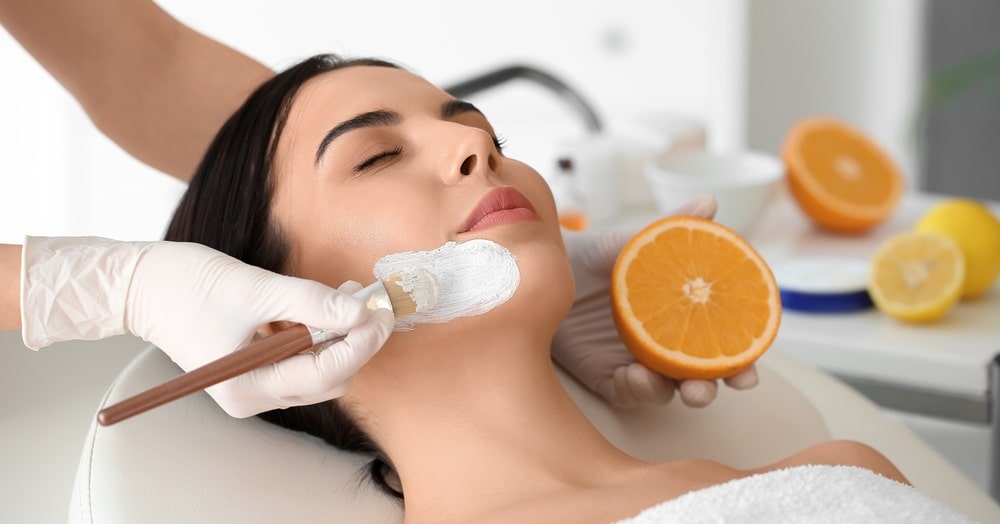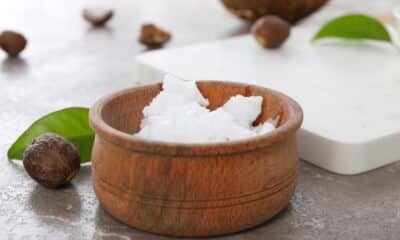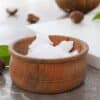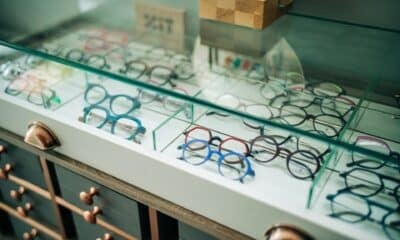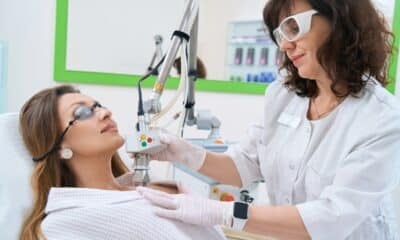Simple Steps To Detox Your Makeup For Healthier Skin
For centuries, women across the globe have been enamored with the pursuit of beauty, sometimes at a perilous cost. In Renaissance Europe and Victorian England, beauty routines could be deadly. Women used deadly nightshade—an extremely toxic plant—to achieve a pallid complexion or to dilate their pupils, risking blurred vision and even blindness. During the 18th century, the high society indulged in lead-infused foundations, not realizing they were courting lead poisoning. Fast forward to the 1930s in the United States: sixteen women experienced severe reactions, including blindness, from Lash Lure, an eyelash dye made with paraphenylenediamine, a chemical still lurking in some hair dyes today.
While these historical anecdotes might sound alarming, the reality is that our relationship with cosmetic products remains fraught with danger. Today’s beauty and personal-care items can still pose significant health risks, leading to everything from cancers to autoimmune disorders. They can sabotage our hormone balance, compromise our immune systems, and trigger a host of allergic reactions, all while potentially shortening our lifespans. Amidst these alarming realities, a trend has emerged: the rise of “clean” beauty products. Retailers like Sephora have started to implement standards and labels designating products with fewer synthetic ingredients. Unfortunately, without universal regulations, what one brand deems “safe” may not align with another’s criteria.
On my journey towards a cleaner beauty routine, I discovered that many of the products I’d been applying daily contained harmful ingredients. These chemicals disrupt our hormonal balance and immune function, contributing to a myriad of health concerns. At first, I was overwhelmed. I didn’t want to toss out every product on my shelf immediately; instead, I took a thoughtful approach. My first step was to eliminate the most obvious culprits—those products I used most frequently, particularly in the shower. I swapped conventional soaps and shampoos for items rated a 1 on the Environmental Working Group’s Skin Deep database, a resource that evaluates the safety of over 96,000 products.
Next on my list was my body lotion, a product that I applied liberally to my skin, the largest organ of my body. Switching to an all-natural moisturizer was a must, even if the initial options didn’t smell as delightful as what I was used to. I realized that our skin acts like a sponge; it absorbs everything we put on it. I felt a sense of relief knowing I was no longer rubbing harmful chemicals into my skin.
However, not every switch went seamlessly. When I first tried a nontoxic face moisturizer, I experienced breakouts, taking days for my skin to rebalance as the harmful residue cleared. The truth is, just like synthetic products, not all “clean” alternatives are perfect for everyone. This journey is about understanding that experimentation is necessary—what works wonders for one person may not suit another.
It’s the unexpected benefits that truly blew me away. Switching to a clean shampoo made my hair greasy at first, even right after washing. But over a few weeks, my scalp adjusted, producing less oil, leading to less frequent washes and healthier, shinier hair. I also went through a process of trial and error to find a suitable clean mascara, opting to limit my use of conventional brands in the meantime. Reducing exposure can also entail changing your habits so that you’re not continuously subjected to toxic ingredients.
If you’re looking to embark on your own clean beauty journey, here are a few key lessons I’ve learned along the way:
Less is More
You likely don’t need as many products as you think. Streamlining your beauty routine is not just easier, but it also reduces your exposure to potentially harmful chemicals. Applying fewer products can lead to healthier skin, hair, and nails, ultimately making them appear more radiant.
Trial and Error Are Key
Don’t let past experiences with natural products deter you. Today’s clean beauty offerings are often much safer, more effective, and better smelling than those of yesteryear. Explore different brands and formulations until you find what truly resonates with you.
Don’t Let Perfect Be the Enemy of Good
You don’t have to be perfect immediately. It’s okay to still use some conventional products while you transition to cleaner alternatives. Choose the products that matter most to you to change first, and take your time.
Go Slow
Avoid the temptation to overhaul your entire beauty regime all at once. Start with a couple of easy swaps. As you finish products, replace them with cleaner options.
Prioritize What You Use Most
Focus on the products you use daily and in large quantities—think soaps, body lotions, shampoos, and deodorants. If you’re a woman, consider opting for non-toxic deodorants and organic menstrual products, as conventional versions might carry extra risks.
And if you want to try making your own deodorant, here’s a simple DIY recipe that works:
DIY Deodorant That Works
– 2½ teaspoons unrefined coconut oil
– 2½ teaspoons unrefined shea butter
– 2 teaspoons baking soda
– ½ cup arrowroot powder
– 6 drops lavender or orange essential oil
– 6 drops grapefruit essential oil
– 2 drops tea tree oil
Start by melting coconut oil and shea butter together in a glass bowl placed over simmering water. Once melted, mix in the baking soda, arrowroot, and essential oils. Pour the mixture into a small jar and let it cool. You can apply it with your fingertips, keeping it in a cool, dry spot.
Taking charge of your health doesn’t have to be an overwhelming task. With a little patience and exploration, you can cleanse your beauty routine while still feeling gorgeous.

